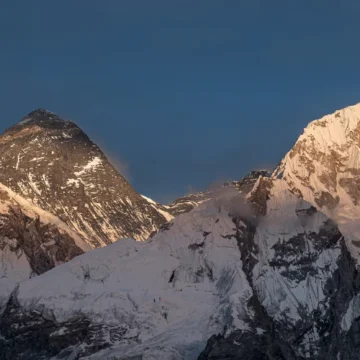
Gosaikunda on Janai Purnima | Significance & Trek Tips
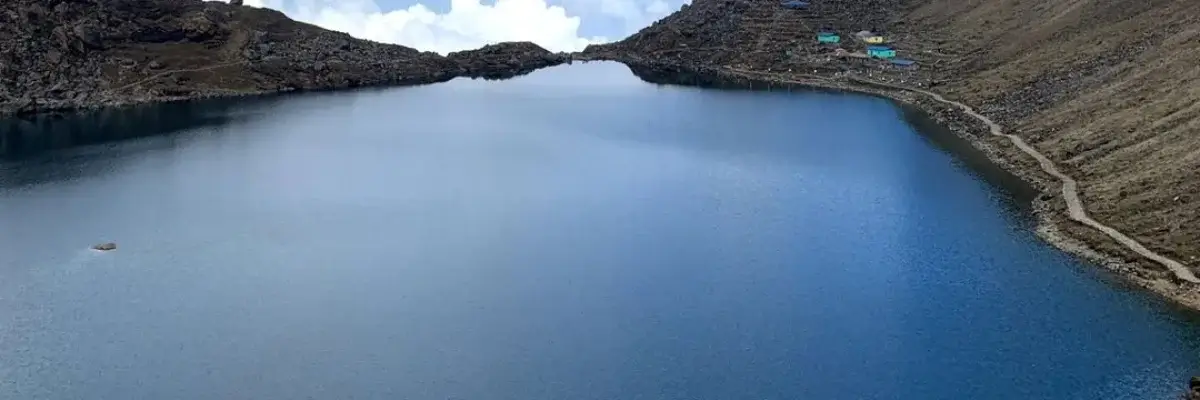
Table of Contents
Gosaikunda Lake is a Hindu pilgrim site in Langtang National Park in Nepal. It is at an altitude of approximately 4,380 meters and is in between the mountain hills. Gosaikunda Trek also has considerable religious importance for the Hindu and Buddhist faiths, which worship Lord Shiva for creating this lake.
Today, tourists and devotees from all over the world come to this lake to take a bath in the shade of the blue pond of ice during the entire moon festival of August. It is located high up in the Himalayas, away from the booming cities and pollution. The pilgrimage to Gosaikunda is physically challenging but also a fascinating journey through forests and waterfalls and a chance to see wildlife.
What is Gosaikunda Famous for?
Gosaikunda is naturally beautiful and religious, Nepal’s most famous pilgrimage place. It is a freshwater lake in the Langtang National Park of Nepal. It is at a relatively high altitude with mountains on both sides. Apart from trekking, visitors come to there to view the clear water, which is mirror-like and can reflect the mountaintop.
People frequently visit Gosaikunda during the Janai Purnima festival. Which draws thousands of devotees who want to take holy baths and perform other ceremonies. Local history states that the lake was formed when Lord Shiva thrust his trident into a glacier to release some water.
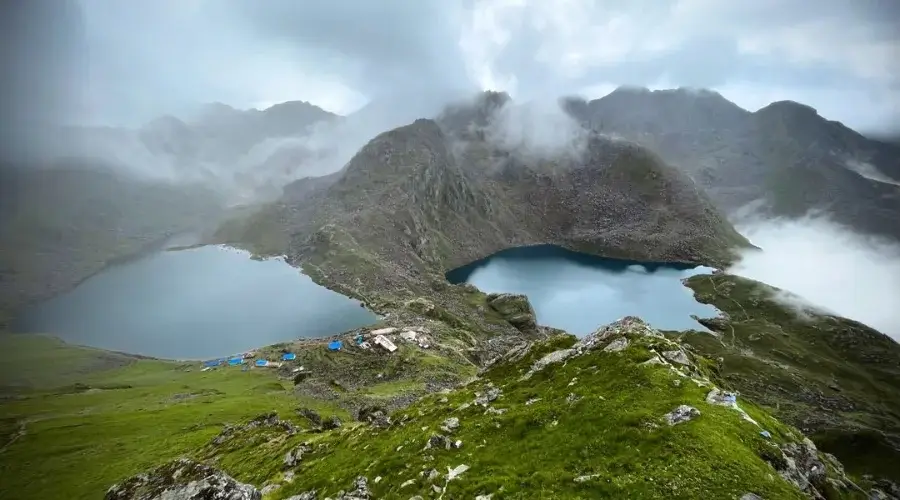
The history of Gosaikunda Lake is one of the religious histories of Hinduism. It is said that the Matsya Avtar drinking the Haalahaal with a single gulp at Gosaikunda saved the world. Then, he constructed this lake to serve as drinking water.
Later, this story contributes to the lake’s legend and the site’s growing importance. For Hindus, the pond has become a holy place to visit. This is as significant as history. The place is blessed with views and natural wonders that attract enthusiasts of religion and a naturalistic viewpoint.
Gosaikunda Festival Trek
The Gosaikunda Festival, popularly known as the Gosaikunda Jatra, is one of the famous religious festivals celebrated in Nepal, specifically among Hindus and Buddhists. This festival is celebrated during the full moon day in August and is called “Janai Purnima” Thousands of local and foreign tourists attend Gosaikund, a holy lake believed to have tremendous religious significance.
People celebrate the Gosaikunda festival in memory of Lord Shiva’s story. In mythology, it is described that there was a time when gods and demons were churning the ocean to create Amrit, the nectar of immortality, and from it came forth a poison. To remove this poison from the world, Lord Shiva drank this poison, and when he felt thirsty, he took his pashupati trident and plunged it into the mountains to create the Gosaikunda.
Consumers hold that they are cleansed of sin by participating in the annual festival and bathing in the waters of the sacred lake. Many pilgrims take weeks part of the trek from other parts of Nepal to reach the purest holy lake. During their journey, they pray, perform different ceremonies, sing and dance, and celebrate their religion.
Festival Visitor
People must come to the lake to recite prayers and make offerings to the gods through flowers and light lamps. Most believers swim and bathe in the freezing water of the lake, and they consider it a way to cleanse their spiritual souls. Most pilgrims attend this religious-cultural fair every year during the Gosaikunda Festival; the estimated number of tourists on the site is 10,000-15,000.
It can be different each year according to the climate conditions and availability to conduct trails. Local people stay here as pilgrims, while others come from neighbouring districts, some districts of Nepal, and a few from Indian states. This brings traffic that reacts to the area with joyful smiling faces, devoted religious hearts, and the spirit of togetherness.

How many People will visit Gosaikunda in Janai Purnima 2024?
According to a Facebook page, Routine of Nepal Banda (RONB), around 20,000 people are expected to visit Gosaikunda during Janai Purnima 2024, which falls on August 19.
Gosaikunda Altitude
Gosaikunda lies at an elevation of approximately 4,380 meters or 14,370 feet above sea level. This means the lake is in the centre of Langtang National Park, with mountains and steep hills, where trekkers get a spectacular view of the Himalayas and a mystical look. However, altitude is also a factor that hikers should be careful about, and getting acclimatized depends on the altitude they are coming from while they trek to this religious and beautiful site.
Risk of Altitude Sickness at Gosaikunda
The risk of altitude sickness during the Gosaikunda trek increases as you ascend, especially when you start trekking from Dhunche. The trek begins from Dhunche, approximately 6,447 feet or 1,965 meters above sea level. The probability of altitude sickness rises as you climb higher. Even more so when having reached Sing Gompa (3,330 meters/ 10,925 feet). Finally, Gosaikunda lies at an altitude of around 4,380 meters (14,370 feet).
As a rule, the chances of altitude sickness increase, so one should be more careful while ascending higher. It is advisable to be cautious to avoid getting it through improper acclimatization, going about it at a slow pace, and dehydration. As the elevation rises, the atmospheric pressure decreases, resulting in altitude sickness if one does not acclimatize well enough.
Gosaikunda Weather
The climate of Gosaikunda, however, is greatly influenced by the seasons. The summer season starts at the end of May and ends at the end of July. It is described by warm and sunny weather. Various flowers, including Rhododendrons, are in full bloom on the trails.
The monsoon season occurs from June to August and, as the name suggests, is characterized by many showers that make the trails slippery and the view often obscured by clouds. However, many people also travel during this period during the full moon festival in August.
The best season to trek is undoubtedly the autumn season, which runs from September to November. The climate is also pleasant, with clear skies and excellent views of the mountains. Cold temperatures and heavy snowfall occur during the winter months of December, January, and February. Thus, traversing the frozen lake might be difficult, but the scenery and surroundings provide a serene, wintry setting.
Best Time to Visit Gosaikunda
The best time to visit Gosaikunda is during the spring (March to May) and autumn (September to November) seasons. During the spring season, the climate is moderate or relatively warm. Beautiful flowers bloom, and the sky is clear, giving touching views of the terrain. Autumn has favourable and stable weather conditions.
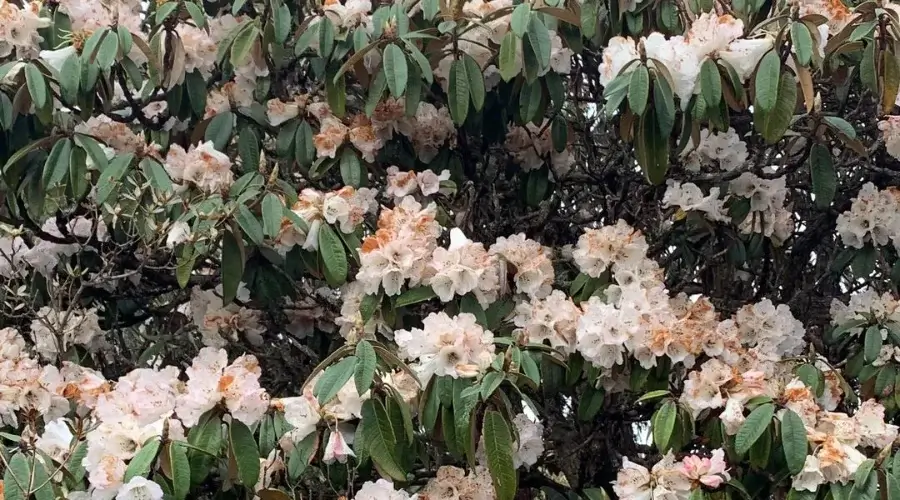
The two seasons are also good for trekking because the temperature is relatively mild. The probability of experiencing heavy downpours or snow is low. The best time to avoid this is during the monsoon season because travel is tricky, mostly wet and slippery. Heavy snowfall causes extreme cold during winter (December-February).
How difficult is the Gosaikunda Lake Trek?
The Gosaikunda Trek is moderately challenging, with a mix of steep ascents and gradual descents. The trail involves trekking through rugged terrains and forests and crossing high-altitude like Lauribinayak, which stands at 3900 meters. On average, trekkers walk 5 to 7 hours daily, covering a distance of about 10 to 15 kilometres each day. The altitude and terrain make it tough, but the breathtaking views and serene lakes make it worth the effort.

How Do I reach Gosaikunda?
Kathmandu To Gosaikunda By Bike:
Biking to Gosaikunda is thrilling for those who love riding bikes, as the path is often rough. From Kathmandu, tourists can take the Prithvi Highway and reach Dhunche. The ride provides an excellent opportunity to see the most stunning views of mountains and nearby valleys. After reaching Dhunche, bikes can be left at the place, and the rest of the trek to Gosaikund is on foot and takes 3 to 4 days.
Kathmandu to Gosaikunda By Jeep:
Another means of transport to get to Gosaikunda is a jeep. You can drive from Kathmandu by hiring a private jeep, sharing a jeep, and going straight to Dhunche. The ride usually takes about 6 to 8 hours, depending on the road network. When you arrive in Dhunche, you can begin your trek to Gosaikunda. This choice is quicker than biking and is a smooth ride while at the same time allowing viewing of the beautiful countryside.
Kathmandu to Gosaikunda By Local Bus:
For the backpacker, the cheapest means of getting to Gosaikunda is by a local bus, though it is time-consuming. Buses are also available from Machhapokhari in Kathmandu and run up to Dhunche. The drive to the destination usually takes 8 to 10 hours, depending on the traffic and the road conditions. This option may not be as comfortable as a jeep, but it allows communication with the locals and a bus ride with beautiful views. Once you reach the district of Rasuwa, particularly Dhunche, it is possible to start the trek to Gosaikunda.
Routes within Kathmandu:
It is possible to reach Dhunche from several points in Kathmandu and then proceed to Gosaikunda. The most common starting point is the Machhapokhari, where local buses, minibuses and shared taxis are located. If you are biking or driving in a jeep, the start point depends on the choice of the travellers, but it can be Thamel or Balaju, then take the Prithvi Highway.
This highway connects Kathmandu with other parts of the region. It leads you to the gorgeous Langtang terrain and then to Dhunche, which serves as the entry point to Gosaikunda.
Gosaikunda Trek Itinerary
3-Day Trek Itinerary:
Day 1: Kathmandu to Dhunche, trek to Sing Gompa
Day 2: Sing Gompa to Gosaikunda
Day 3: Gosaikunda to Dhunche, return to Kathmandu
4-Day Trek Itinerary:
Day 1: Kathmandu to Dhunche, trek to Sing Gompa
Day 2: Sing Gompa to Gosaikunda
Day 3: Explore Gosaikunda
Day 4: Gosaikunda to Dhunche, return to Kathmandu
Gosaikunda Trek Distance
Dhunche to Gosaikunda Distance:
The trek from Dhunche to Gosaikunda typically takes about fifteen kilometres. Depending on the speed and harshness of the mountain’s weather, the distance covers approximately 6 to 8 hours.
Kathmandu to Gosaikunda Distance:
The road head at Dhunche measures the distance from Kathmandu to the lake, approximately 80 kilometres. Another 15 km extending from Dhunche takes one to Gosaikunda, making the total distance from Kathmandu to Gosaikunda 95 km.
Sundarijal to Gosaikunda Distance:
The distance is about 78 kilometres. Again, this is the road and trek trail. The road distance from Sundarijal to Dhunche is approximately 50 kilometres. From Dhunche to Gosaikunda, it is about 15 kilometres of trek.
Syabrubesi to Gosaikunda Distance:
The trekking distance between Syabrubesi, the trek’s starting point, and the biggest of the holy lakes, is roughly 28 miles or 45 kilometres. This includes hiring vehicles from Syabrubesi to Dhunche, 35 kilometres, and trekking from Dhunche to Gosaikunda, 15 kilometres.
Gosaikunda Trek Cost
The estimated cost of the Gosaikunda Trek can range from $350 to $500 for a budget trek, $500 to $750 for a standard trek, and $750 to $1,200 for a luxury trek.
Transportation from Kathmandu to Dhunche (round trip) typically costs around $20 to $30 by local bus or $60 to $120 by shared or private jeep. Accommodation in teahouses or lodges usually ranges from $10 to $25 per night, while daily meals can cost about $20 to $30, averaging $10 to $15 per meal.
Trekking permits include the Langtang National Park permit, which costs approximately $26, and the TIMS (Trekkers’ Information Management System) card for around $10. If you hire a guide, expect to pay between $25 to $40 per day; for a porter, the cost is about $15 to $25. Additionally, consider miscellaneous expenses like travel insurance ($30 to $50) and any emergency equipment, which may add another $10 to $20.
Trek Cost For Nepali
The cost of the Gosaikunda trek for Nepali is usually between NPR 10,000 and NPR 12,000. This includes transportation from Kathmandu to Dhunche, teahouse accommodation charges, and breakfast, lunch, and dinner. Nepali citizens usually don’t pay the permit fees. Other expenses include hiring a guide or porter, though most hikers prefer not to hire them to cut costs.
Gosaikunda Helicopter Tour Cost
The Langtang Gosaikunda Helicopter Tour costs approximately $1500 to $2000 per foreign tourist wishing to visit the country. This price includes a round helicopter trip with a beautiful aerial view of the mountains, including the Langtang and Ganesh Himal ranges.
This tour is slightly cheaper for Nepali citizens. It often starts at NPR 25000 and goes up to NPR 35000 per head. This cost may also include foreign packages like the etiquette of using the helicopter ride and visiting the lake.
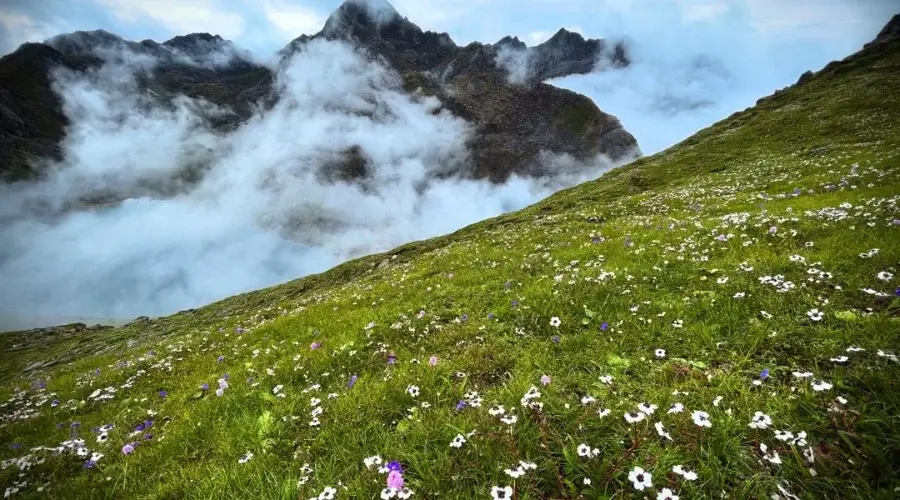
Food and Accommodation
The type of food and accommodations during the Gosaikunda trek are satisfactory, as most of them meet the needs of the trekkers. While hiking along the same route, tourists may uncover several teahouses and lodges that serve various meals.
The most common foods are rice, dal, vegetables, and noodle soup meals accompanied by roti or rice. You can also taste Tibetan meals such as momo (Tibetan dumplings) and kaak (bread). Most places come with Nepali and Western foods, so there’s always a taste of whatever you want.
There are fewer choices for food and shelter, a simple lodge with a bed and a dining hall. Staying with other people is often the case, especially if the village houses are traditional, the furniture items can be simple, and even the bathroom is often a general one where there’s not always hot water.
Some teahouses provide comparatively better basic facilities, especially in the Gosaikunda region. One might consider taking along sleeping bags since the nights are cold.
Want to know more?
Speak to an Expert





Sandip Dhungana
Nepal 🇳🇵
Whatsapp: +977-9823636377


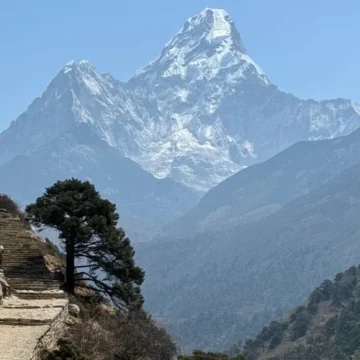
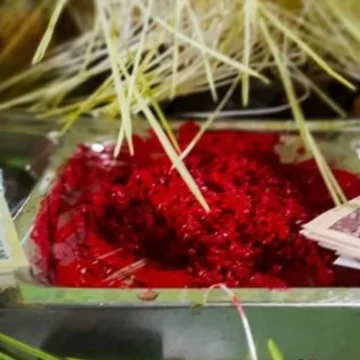
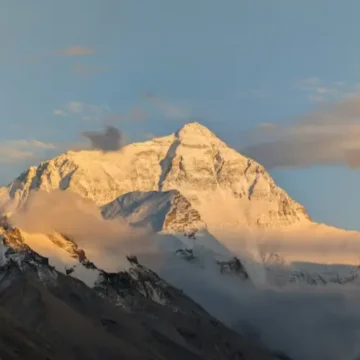
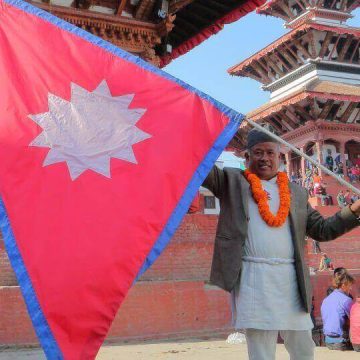

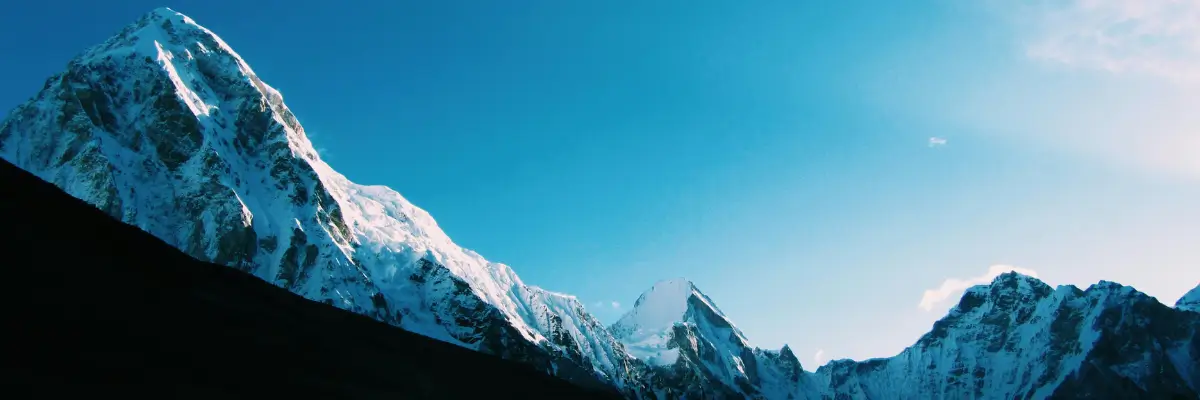
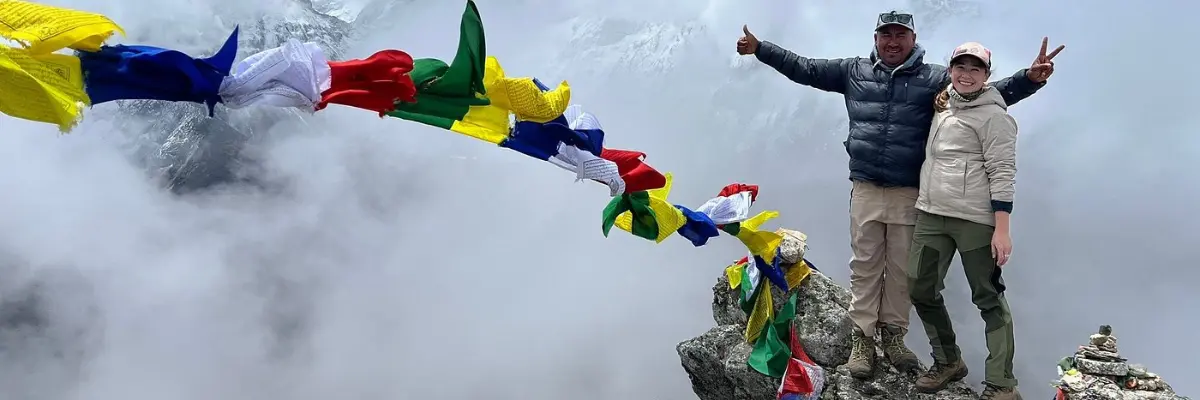
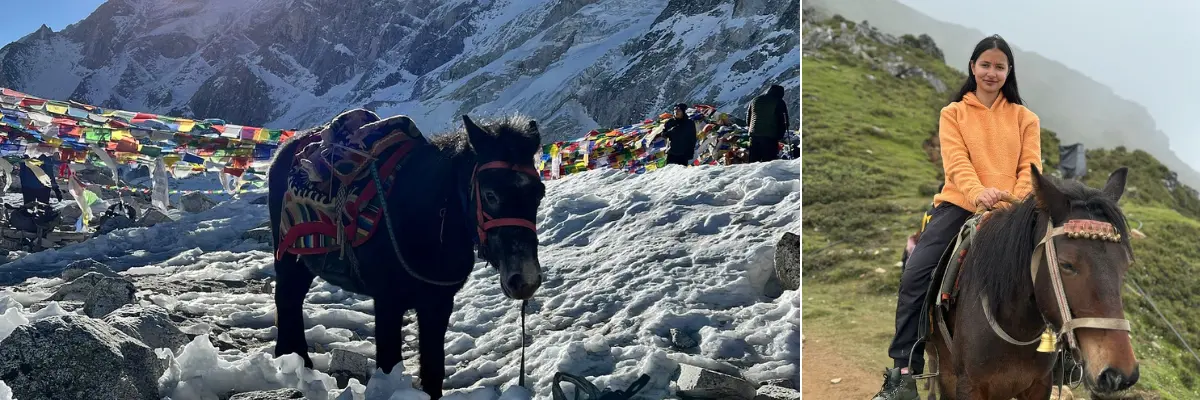
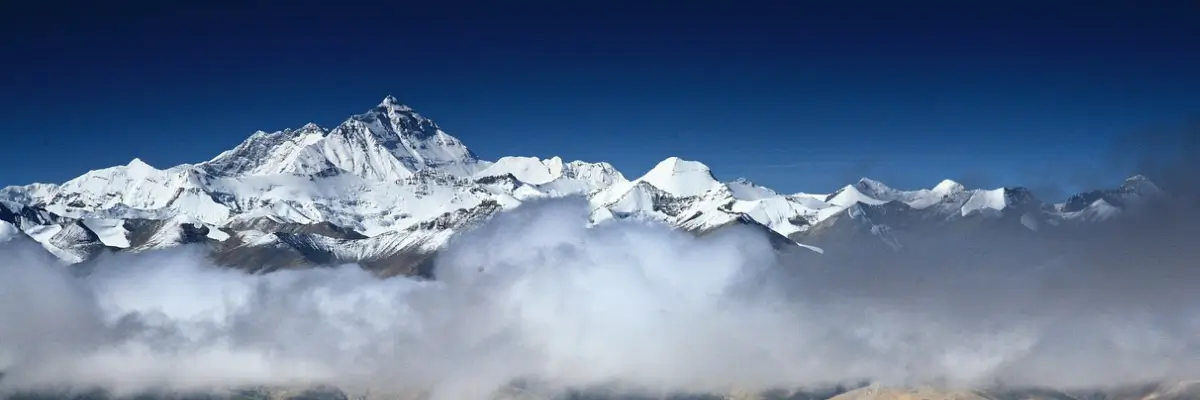







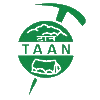

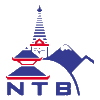


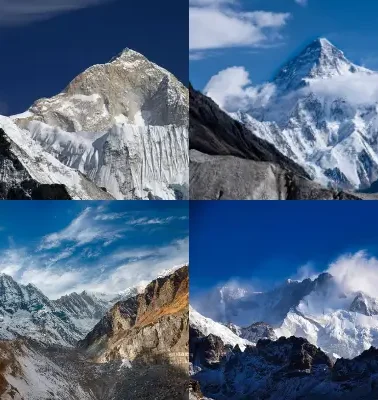

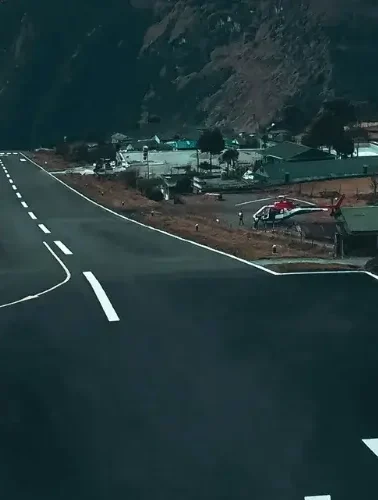
Leave Your Comment